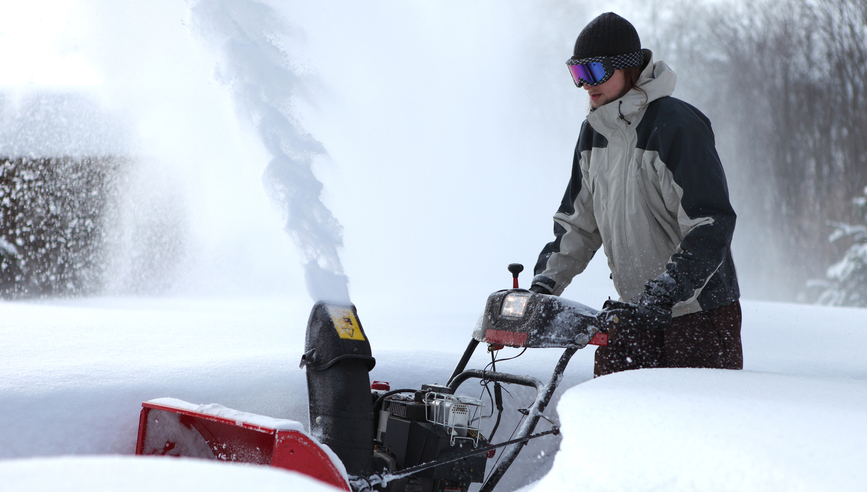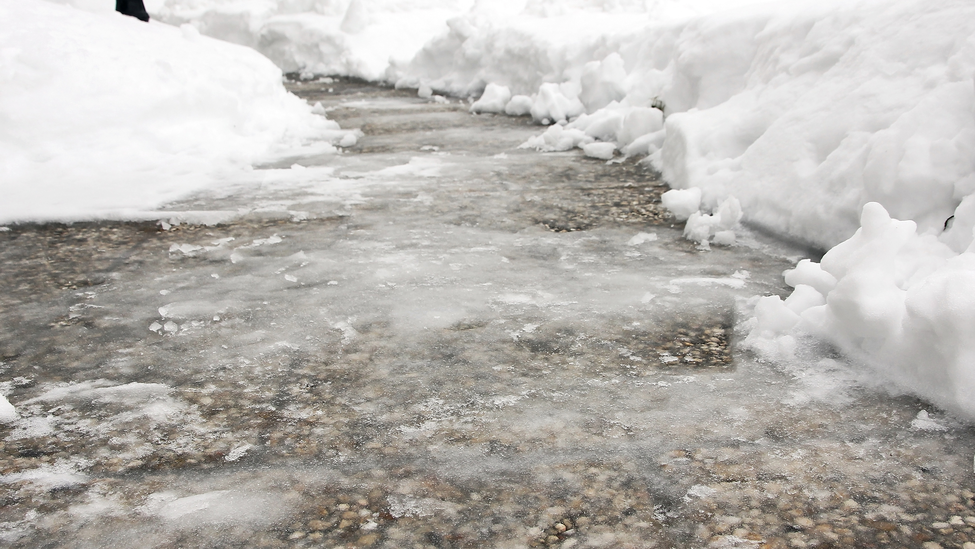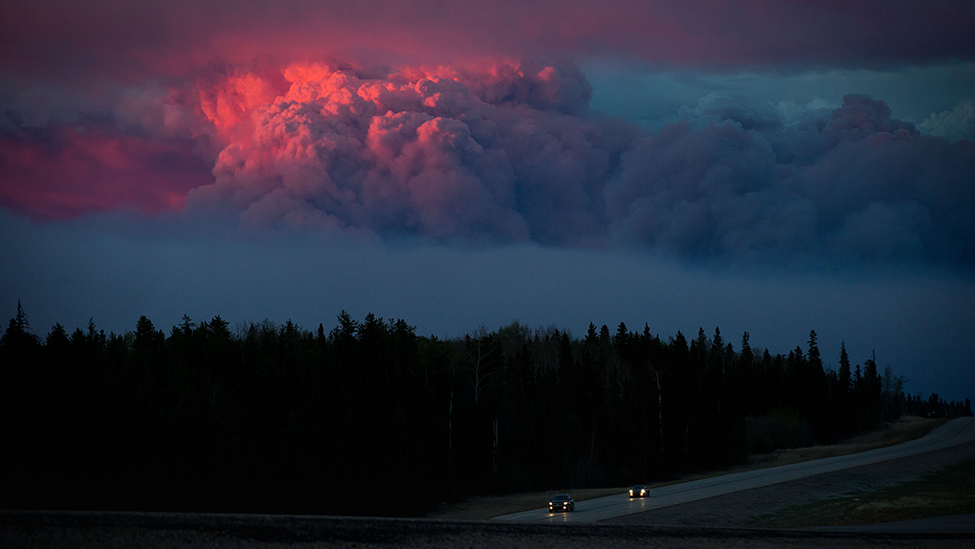Don’t Blow It: 12 Tips to Use Your Snowblower Safely


Removing snow after a storm for many homeowners means taking out the snowblower to clear driveways and walkways. A snowblower can help make quick work of the task, but it comes with its share of risks if used improperly. Here are some important snowblower safety tips to keep in mind.
Before snowfall
1. Read the user guide that came with your snowblower
One reason people may be injured while clearing snow is misuse of the equipment. Different snowblower models function in different ways and come with a range of features. Always follow the proper procedures for using your machine, particularly if it is the first time you’re using it. Get familiar with how to start it, steer it, adjust the speed and change the chute direction. Before using the machine, review its safety features. If you borrow someone else’s snowblower, ask to also borrow their user guide or read up on the model on the manufacturer’s website.
2. Keep your machine in good working order
Before the snow arrives, make sure your snowblower is in good working order. Review the manufacturer’s instructions for service and maintenance. Have replacement parts on hand, as they may be difficult to obtain in the middle of a storm. Only use proper replacement parts such as shear pins, for example, which are designed to break if the snowblower jams, which will help prevent further damage to your machine. If you’re not comfortable tackling these tasks, take your snowblower to a power equipment store or hardware store that provides routine maintenance.
Prior to snowblower season and before each use, check the following:
- If you have a gas-fueled model, make sure it has an adequate supply of fresh fuel and oil. Store and transport all fuels and oil in approved containers.
- Check tires for proper air pressure if they’re the inflatable type.
- Inspect belts, shear pins, skid shoes and the scraper blade to make sure they are in good condition and properly installed.
- Consider using a non-stick spray to coat the inside of the chute to help keep snow from clogging.
Adhering to these practices can help prevent stalls, clogs and blockages that can result in accidents and injuries.
3. Have a plan
Before it snows, survey the area to look for anything that might present a problem when you’re operating your snowblower so you can take appropriate safety precautions.
- Figure out where you should blow the snow. Don’t blow the snow toward people, your home, or other buildings or vehicles to help avoid injuries or property damage.
- Don’t blow snow into the street. This can create dangerous conditions for motorists and possibly cause an accident.
- Consider the cord. If you have an electric snow thrower, choose your path wisely to help keep the cord safe. Work away from the cord and always use extensions made for outdoor use and equipped with a grounding prong. Plug your cord into a ground-fault circuit interrupter (GFCI) to protect against shock hazards.
Tip: In preparation for the snowy season, consider using flags or poles to mark key parts of your snowblowing area such as the edges of the driveway. These will help guide you so you don’t accidentally clear an area that’s rocky or hiding objects that could become projectiles if thrown by the blower.
4. Remove debris
To help avoid damage and injury, remove any objects from your driveway that might get caught in the machine. Look for items like sticks, twigs, stones, newspapers and packages.
When snowblowing
5. Dress for the Job
Dress in layers of warm clothing and cover your hands, head and face to help prevent frostbite. During the clearing process, wear bright or reflective clothing and be aware of traffic, especially near the end of your driveway. Wear protective eyewear. Wear non-skid boots to help protect your feet and prevent slips that could result in an injury.
Never clear snow while wearing loose items like scarves that could get caught in the machine.
6. Take it slow and easy
Taking care of smaller batches of snow puts less stress on you and your machine. Slow and steady operation of your snowblower is a good way to help avoid dangerous clogs. Don’t run your machine at full speed in wet, heavy snow.
7. Read up on how to clear a jam
Never attempt to unclog a snowblower with your hands. If your machine gets jammed, do not put your hand in the auger. Even after the snowblower is turned off, the auger could start moving once the jam has cleared. Consult your manual on the proper way to clear a blockage. Do not override interlocks or any other safety features. And never remove clogged snow when the machine is running.
8. Stay aware
Always keep your hands and feet away from rotating parts, the collector unit, auger and chute. If you hear anything unusual, shut down the machine and figure out what’s wrong before continuing to remove snow. Be extra cautious when working on slippery surfaces.
9. Refuel carefully
Always let the snowblower cool down before refueling or storing it in your garage or shed. Gasoline can ignite if spilled on hot engine parts. Never refuel a snowblower while it is running.
10. Always start your snowblower outdoors
Always start your snowblower outside – never in the garage – to help protect against fire, explosion or carbon monoxide (CO) poisoning.
11. Handle your snowblower carefully
Keep both hands on the snowblower while operating it, and never let it run unattended.
12. Treat snow clearing like a workout
Clearing snow is a task you don’t do often and may be more strenuous than you anticipate. If you become short of breath, your heart starts racing or you lose feeling in your hands or feet while snow-blowing, stop and seek medical help.
Snowblowers can present unexpected risks for homeowners. Physical injuries and property damage can happen to even the most careful users. Taking the proper precautions can help lessen the risk of injury and property damage when clearing snow.


